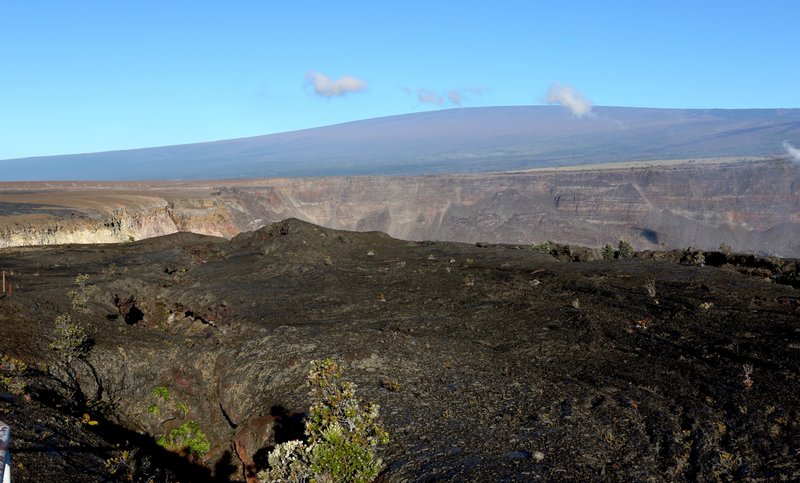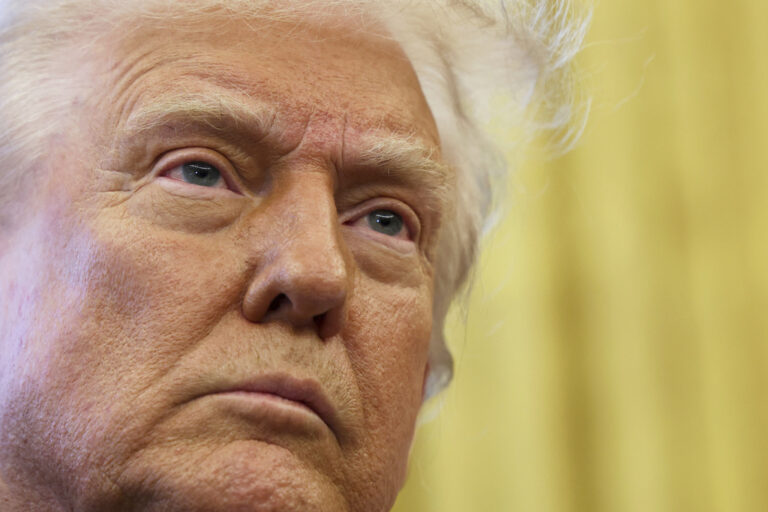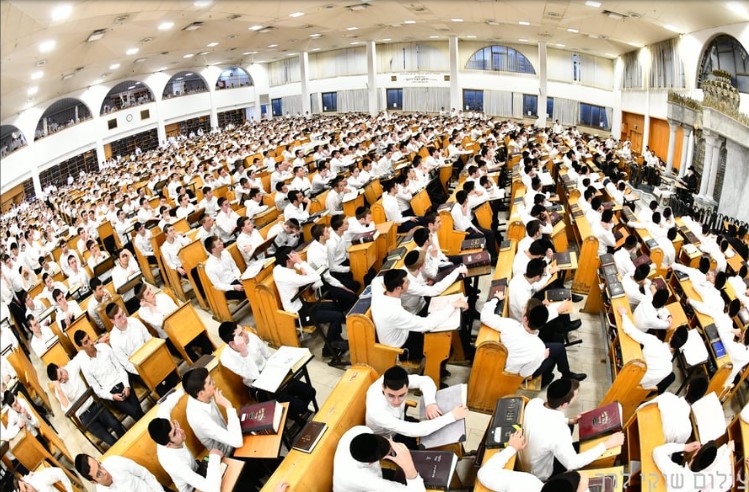Federal officials raised the alert level Tuesday for the world’s largest active volcano, Hawaii’s Mauna Loa, which last erupted in 1984.
The U.S. Geological Survey changed the level from “normal” to “advisory” following a steady increase in earthquakes and ground swelling that began in March.
An eruption is not imminent, but scientists are closely monitoring Mauna Loa because of its reputation for “evolving very quickly” and sending lava far and wide, USGS research geophysicist Ingrid Johanson told The Associated Press in a phone interview last month.
“Lava can go from the rift down to the ocean on the west side of Mauna Loa on the order of a couple hours,” Johanson said. “The rate of the eruption is just really fast.”
Mauna Loa has erupted 33 times since 1843.
Its lava flows have stretched to the south and west coasts eight times and neared Hilo, on the east side, seven times. During its last eruption, lava flows came within 4.5 miles (7.2 kilometers) of Hilo, the Big Island’s largest city.
The alert level on Mauna Loa was last raised to advisory in 2015. A similar period of increased activity occurred around 2004, but the USGS Volcano Alert Level system was not yet in place at that time.
“Advisory” is the second of four alert levels and means scientists have detected elevated activity or unrest. The next level, “watch,” means there is heightened activity with more potential for eruption or that an eruption is ongoing but poses little threat. The highest level, “warning,” means a dangerous eruption is imminent or underway.
An alert-level change is not something the USGS does lightly, said Janet Babb, an agency geologist and spokeswoman. It must balance the need to keep people informed and the risk of causing panic. “A lot of discussion goes into it because it has ramifications,” Babb said.
Mauna Loa currently is experiencing 50 to 75 earthquakes a week, a steady increase since March when there was a pronounced change. And the bulging of the ground, known as deformation, indicates magma is entering the volcano’s plumbing system.
Yet gas emissions have been low and steady in recent months, and “that tells us that there isn’t magma rising to very shallow depths,” Johanson said.
And scientists would expect to see 50 to several hundred earthquakes per day — not per week — ahead of an eruption, USGS volcanologist and geologist Frank Trusdell said.
“It’s above background, but it isn’t the amount of earthquakes we would expect to see prior to an eruption,” Trusdell said.
Mauna Loa’s smaller neighbor to the south, Kilauea, has long been the world’s most active volcano.
It made headlines last year as molten rock exploded from its flank in one of its largest eruptions in recorded history. More than 700 Big Island homes were destroyed and thousands of people were displaced.
Trusdell said there is historical evidence of a “general correlation” between the two volcanoes.
“If you look at the long-term eruptive history of both volcanoes, when one volcano in the past was active, it seems like the other volcano was quiet,” Trusdell said.
Kilauea stopped erupting for the first time in more than 30 years in 2018.
But “it is not as if Kilauea is stealing Mauna Loa’s volume,” he said. “It has more to do with the interaction and the buttressing of the volcanoes.”
Mauna Loa and Kilauea are fed by different portions of a hot spot deep within the Earth’s crust, but Mauna Loa basically rests up against Kilauea and both volcanoes are sliding to the south. When Kilauea stops moving, it can cause pressure to build in Mauna Loa.
“With the eruption over in (Kilauea’s) east rift zone, maybe the flank will stop,” Trusdell said. “Then Mauna Loa’s flank will buttress up against the immobile Kilauea and the trickle of magma that has been feeding the volcano will build positive pressure and drive an eruption.”
But there have been times that both volcanoes have erupted simultaneously, and there are other factors at play, Trusdell said.
At the beginning of the 2018 Kilauea eruption, a large earthquake struck the Big Island and destabilized the entire region.
Trusdell said if the theory is correct and the motion caused by the 6.9 magnitude earthquake isn’t that significant, Mauna Loa could be “reawakening.”
But it’s too early to be certain, he warned.
“The last time we had a large earthquake like this it took a decade for the flank to decelerate,” Trusdell said. “It could be that this complicates that simple relationship of one volcano buttressing against the other because the flank is still moving.”
(AP)











